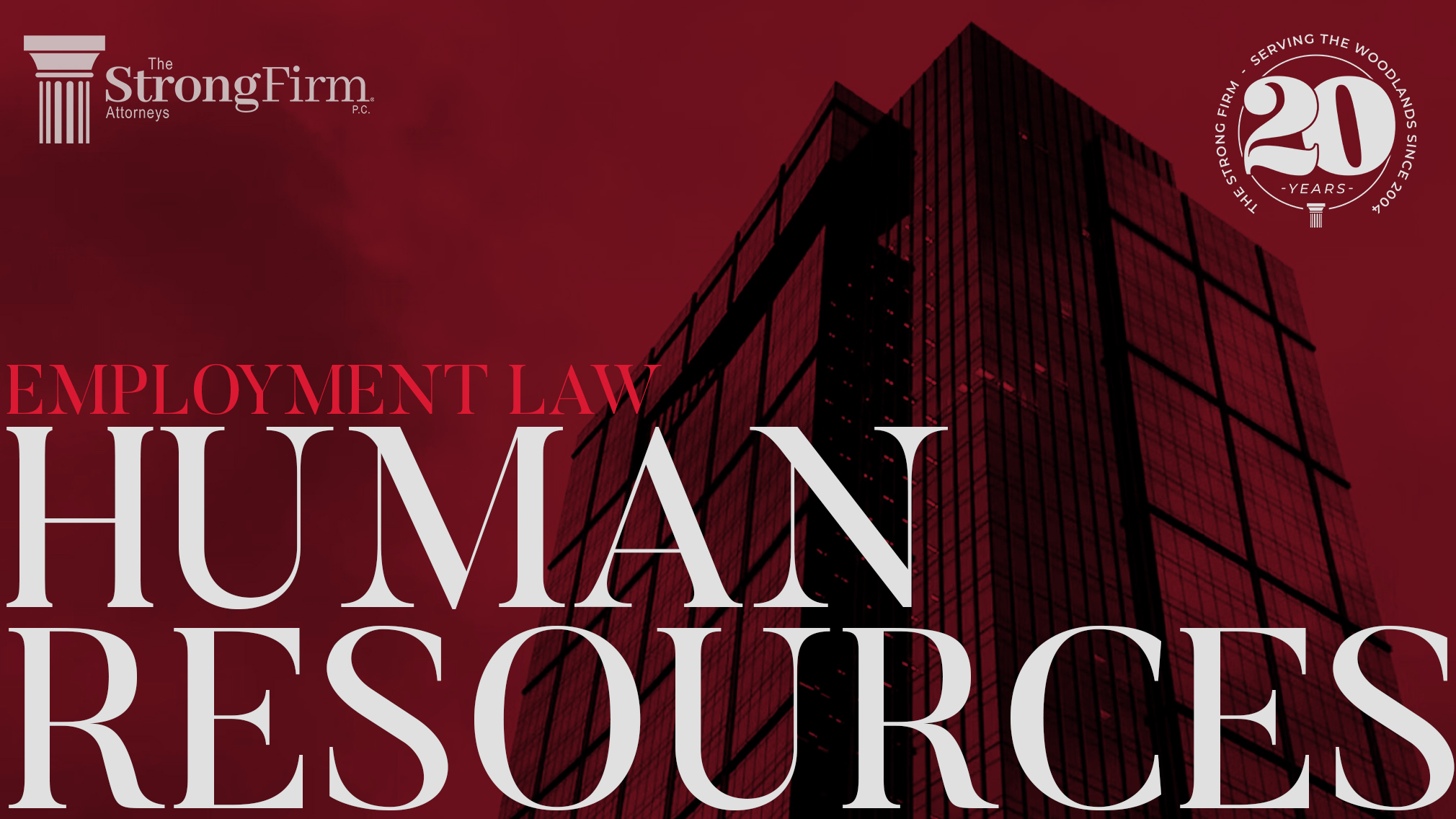Last Friday, Congress passed and President Trump executed the Coronavirus Aid, Relief, and Economic Security Act (“CARES Act” of “Stimulus Bill”) granting a significant and admirable level of support to the U.S. economy that has been left reeling by the one-two punch of the COVID-19 pandemic and OPEC’s… posturing. While the 880-page bill offers an expansive array of provisions designed to support those sectors of the economy that are particularly susceptible to the stagnation and to prevent Americans from filing for bankruptcy, it also provides temporary[1] measures to protect those that are ultimately forced to do so.
One such protective measure is that the CARES Act expands the reach of the Small Business Reorganization Act (the “SBRA”), which was passed in 2019 and became effective last month, providing relief for small-business debtors filing for Chapter 11 Bankruptcy protection (restructuring debt). The SBRA established a subchapter of Chapter 11 bankruptcy that eliminates several of the more costly elements of the Chapter 11 procedure, thus allowing small businesses to reorganize their debt more efficiently and with more simplicity. This subchapter of the SBRA was originally only available to debtors with less than ~$2.725 million in non-contingent, liquidated debt. However, the CARES Act temporarily extends the availability of this subchapter to debtors with up to $7.5 million in debt. Additionally, it expands the definition of “debtor” to include not only small businesses, but also individuals who incurred at least 50% the debt as a result of “commercial or business activities.” In simplified terms, a portion of this Stimulus Bill makes a cheaper, more streamlined version of Chapter 11 reorganization available for individuals and small businesses who have up to $7.5 million in debt, at least half of which was incurred as a result of their business activities. See generally The CARES Act, H.R. 748 §1113(a).
Another protective measure of the CARES Act pertains to the more direct forms of monetary relief that are being made available by the Federal government – i.e. the checks being sent to certain individuals that have been so widely publicized as of late, but also, and perhaps more significantly, those other, less conspicuous forms of relief, such as Economic Injury Disaster Loans (“EIDLs”)[2]. The CARES Act has temporarily amended the language of certain provisions of the Bankruptcy Code so that Federal relief payments pertaining to the national emergency declared by the President of the United States pertaining to COVID-19 are precluded from the calculation of a bankrupt debtor’s assets. Specifically, the CARES Act adds the following clause to the list of exceptions to both “Current Monthly Income” and “Disposable Income” under Title 11 of the U.S. Code Sections 101(10A)(B)(ii) and 1325(b)(2), respectively:
“Payments made under Federal law relating to the national emergency declared by the President under the National Emergencies Act (50 U.S.C. 1601 et seq.) with respect to the coronavirus disease 2019 (COVID-19).”
Again, in simplified terms, the Stimulus Bill prevents people who file for bankruptcy protection from having to turn over any Federal money they receive for Coronavirus relief to cover their past debts. The payments are intended to provide indispensable relief to those who need it most, and so will not be required to be forfeited in bankruptcy proceedings. See generally The CARES Act, H.R. 748 §1113(b)(1)(A)-(B).
Lastly, the CARES Act is not solely for prospective debtors contemplating filing for bankruptcy protection after the enactment of the CARES Act – it also provides some protection to those currently embroiled in Chapter 13 bankruptcy proceedings prior to this period of unrest. Such debtors – those being debtors who are already subject to a confirmed “Plan” as governed by Sections 1321-1330 of the Bankruptcy Code – may request that their Plan be modified in light of the fact that “the debtor is experiencing or has experienced a material financial hardship due, directly or indirectly, to the coronavirus disease 2019 (COVID-19) pandemic . . .” The CARES Act, H.R. 748 §§1113(b)(1)(C). These requests are subject to approval following notice and a hearing in front of the court. Plans modified under this Stimulus Bill amendment “may not provide for payments over a period that expires more than 7 years after the time that the first payment under the original confirmed plan was due.” Id. Once more, in simplified terms, the Stimulus Bill allows debtors who were in an active Chapter 13 Bankruptcy case prior to the pandemic the ability to request a modification of their payment plans to account for Federal coronavirus relief funds and to extend their payment period up to seven (7) years from the date their first payment was originally due.
This article is solely intended to provide a breakdown of the bankruptcy provisions within the Stimulus Bill and should not be interpreted as specific legal advice. As with anything involving significant legal and economic considerations and/or ramifications, we strongly recommend that you consult experienced and dedicated legal and financial professionals before acting.
We at The Strong Firm remain diligent in our efforts to keep a finger on the pulse of the legislation, guidance, and rulings being promulgated daily. We are dedicated to helping our clients, friends, family and community navigate through these uncertain times, and as an element of that, we are committed to following, deciphering, anticipating, and conveying the information necessary for our clients to avail of the relief offered, to restructure, and/or to re-strategize, so that we may all emerge from this tumult as Strong as ever.
[1] It is important to note that each protective measure discussed herein is subject to a “Sunset” provision, whereby each of these bankruptcy amendments promulgated by the CARES Act are set to expire and revert to the original language on March 26th, 2021 – one (1) year after the enactment of this Stimulus Bill.
[2] For an excellent primer on these EIDLs, see the two-part blog discussion authored on March 19th and March 24th by Eric R. Thiergood, Sr., shareholder at The Strong Firm P.C. and an experienced provisioner of counsel concerning entity structuring and formation, commercial transactions, mergers and acquisitions, and commercial financing.




























